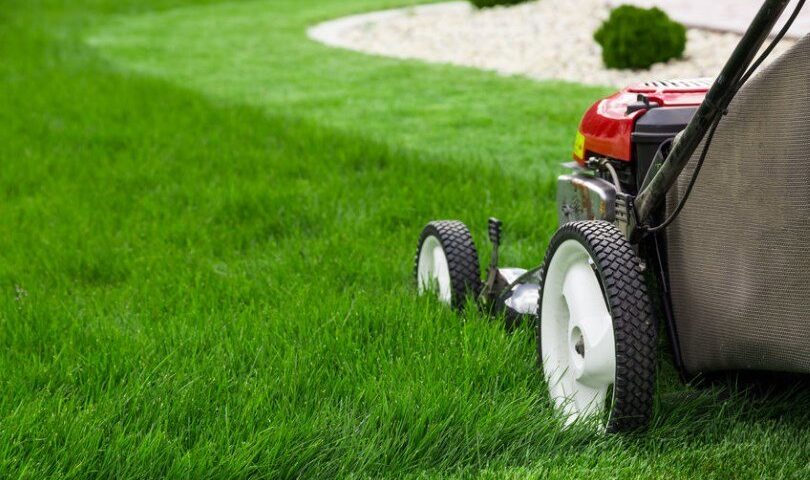The stress due to the summer heat and lack of rainfall this season has greatly affected many homeowner’s throughout the Northeast. Here in CT, our grass climate zone is 7 which means that our planting season is in the early spring and fall as temperatures are much cooler for germination; hence the name “cool season grass”. Most of the grasses that grow in our zone are either a type of Bluegrass, Fescue, Rye, or a mixture of all and they tend to go dormant in the summer when the temperatures are consistently above 80. Dormancy is a grasses natural defense to survive when conditions are not favorable to sustain vigorous growth. During the summer months our mowing habits seem to slow down and many homeowners fight a constant battle with either weeds, disease or high water bills. Depending on how much time and money you want to spend to keep your grass looking the best all season long, there’s still a few tips that every homeowner can benefit from:
7 LAWN & GRASS TIPS FOR CONNECTICUT / NORTHEAST RESIDENTS:
- Water your grass in the early morning. This helps the soil soak up as much water as possible before evaporation can occur during the heat of the day. Watering at night can lead to disease.
- Water your lawn deeply and infrequently. Most cool season grasses need between .5 and 1 inch of water a week. Do it all at once, as this encourages deeper root growth.
- Don’t fertilize your lawn when temperatures are above 90 or when the grass is stressed. A sudden burst of nitrogen will likely cause more harm than good.
- Sharpen your mower blade. Dull blades tend to smack grass rather than cleanly cutting it. This frays the top of the grass blades making it more susceptible to disease.
- Mow your grass High. Set your lawnmower to the highest setting. Since your grass is already stressed, taking off more than 1/3 of the blade can burn the lawn. Mowing high promotes deeper root growth.
- Leave the clippings on the lawn. Not only does this provide shade for the soil surface, but it puts nitrogen back into the ground
- Slow and steady wins the race. Fight the urge to run out and put chemicals on your lawn at the first sight of a brown spot. Most healthy lawns will fight disease automatically without you having to do anything. If possible, wait until the next planting season to modify or fix any problems in the lawn, your grass will thank you for it!

